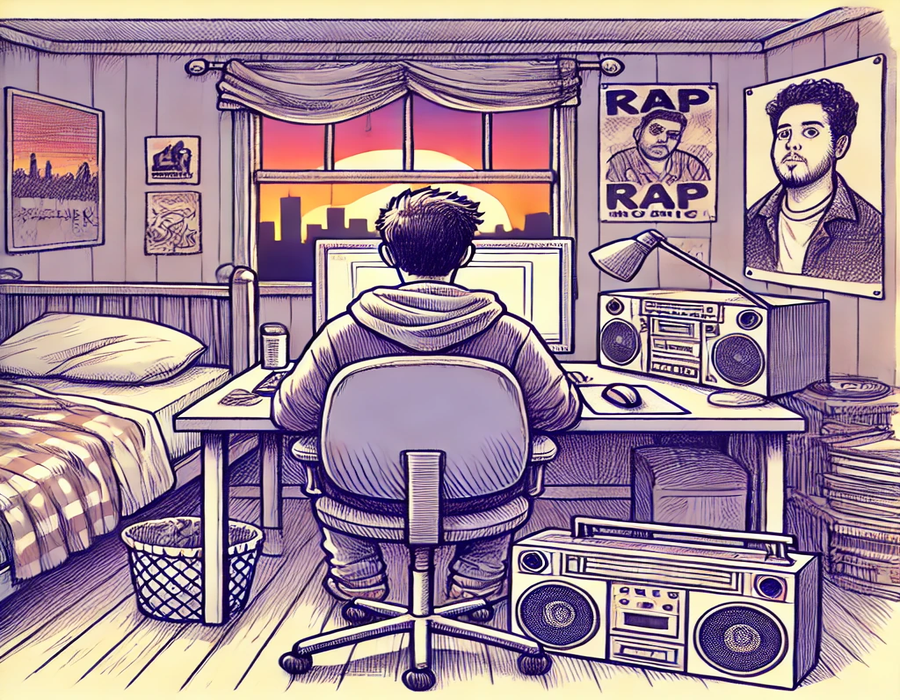Place Management

An emerging perspective in criminology suggests that we can better understand where crime occurs by considering the characteristics of building owners and place managers. To get a better understanding of how commercial businesses are managed in relation to crime, I have collected Yelp reviews from 30 American cities. Using online reviewers as 'eyes on the 'street', I am analyzing these reviews using natural language processing and machine learning techniques to investigate how management characteristics relate to crime and to explore how the relationship between managers and crime changes across urban environments.

